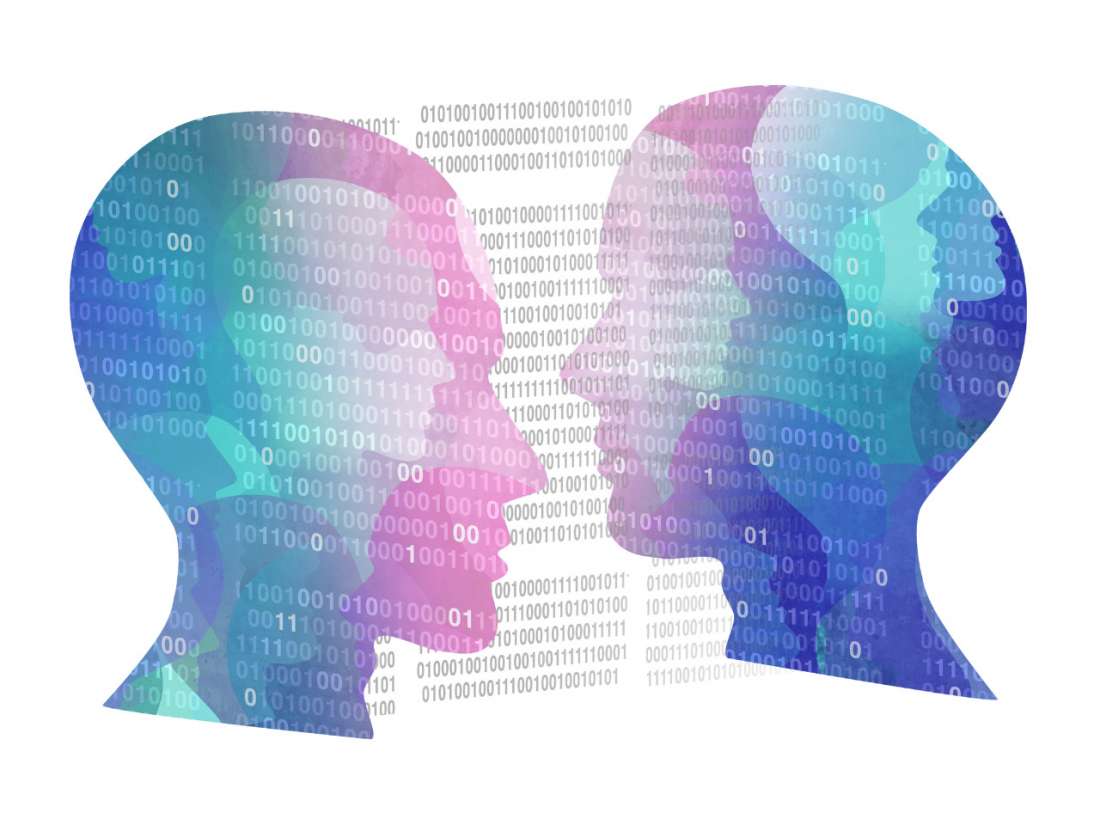The deepfake technology has been around for tens of years. In 1994, the movie industry saw Brandon Lee “finish” the shooting of hit-movie The Crow even after Bruce Lee’s only son tragically died on set – the producers used CGI. Hollywood also included Paul Walker into Fast and Furious 7 where deepfake was used on his brother to mimic the deceased actor. So, the ability to place someone’s likeness onto an existing video or a digital image isn’t new, but it has lately become much more accessible.
Deepfake is no longer an expensive technology only available to the film industry. The advancements in synthetic media production over the last 4-5 years have made people more capable of taking advantage of deepfakes. Back in 2017, when the tech started going mainstream, people produced funny celebrity videos and collages. However, the more popular deepfakes became, the more people started using them for sinister purposes. While public figures are used to getting a lot of attention in both positive and negative ways, the deepfake technology began being used in some frightening ways that may scare regular folks.
Deepfakes were actively used in attempts to undermine democracy in the USA. Fake videos of politicians were circulating on social media, which led to Facebook’s decision to ban the usage of deepfakes. They left a few loopholes, such as allowing satirical videos and images to stay but drawing a line between satire and agenda-driven content is not easy. Facebook allowed deepfakes created with less sophisticated tools to stay too.
Deepfakes started being used by online predators too. With the ability to replace the face of anyone in an image or a video, people started using it to create pornographic content without consent. For example, MIT Technology Review published a chart showing 64% of the people who participated in a study done on messaging app Telegram said they would like to undress familiar girls they know in real life. And the deepfake technology gives them just that opportunity, a profile image posted on social media is enough to generate such content.
The deepfake technology was suddenly used to create explicit content such as revenge porn and helped cyberbullies find new and innovative ways to victimize people. For example, a woman in Pennsylvania was charged for using deepfakes to harass cheerleaders in her daughter’s school. The mother used altered videos to execute a cyberbullying campaign targeting girls she saw as rivals to her daughter.
Research shows that deepfakes will continue to push the boundaries of digital media. Some people believe that the best way to battle deepfake is with the adoption of NFTs. However, those non-fungible tokens available on blockchains such as Ethereum are years away from becoming the norm.
Deepfakes could be dangerous and there is no cure for all. But you have to keep in mind that the chances of becoming a victim of a deepfake increase significantly if you are not prepared. All you have to do is revisit the privacy settings of your social media profiles, install antivirus software on all your connected devices, and make sure you only trust political content coming from verified sources.
